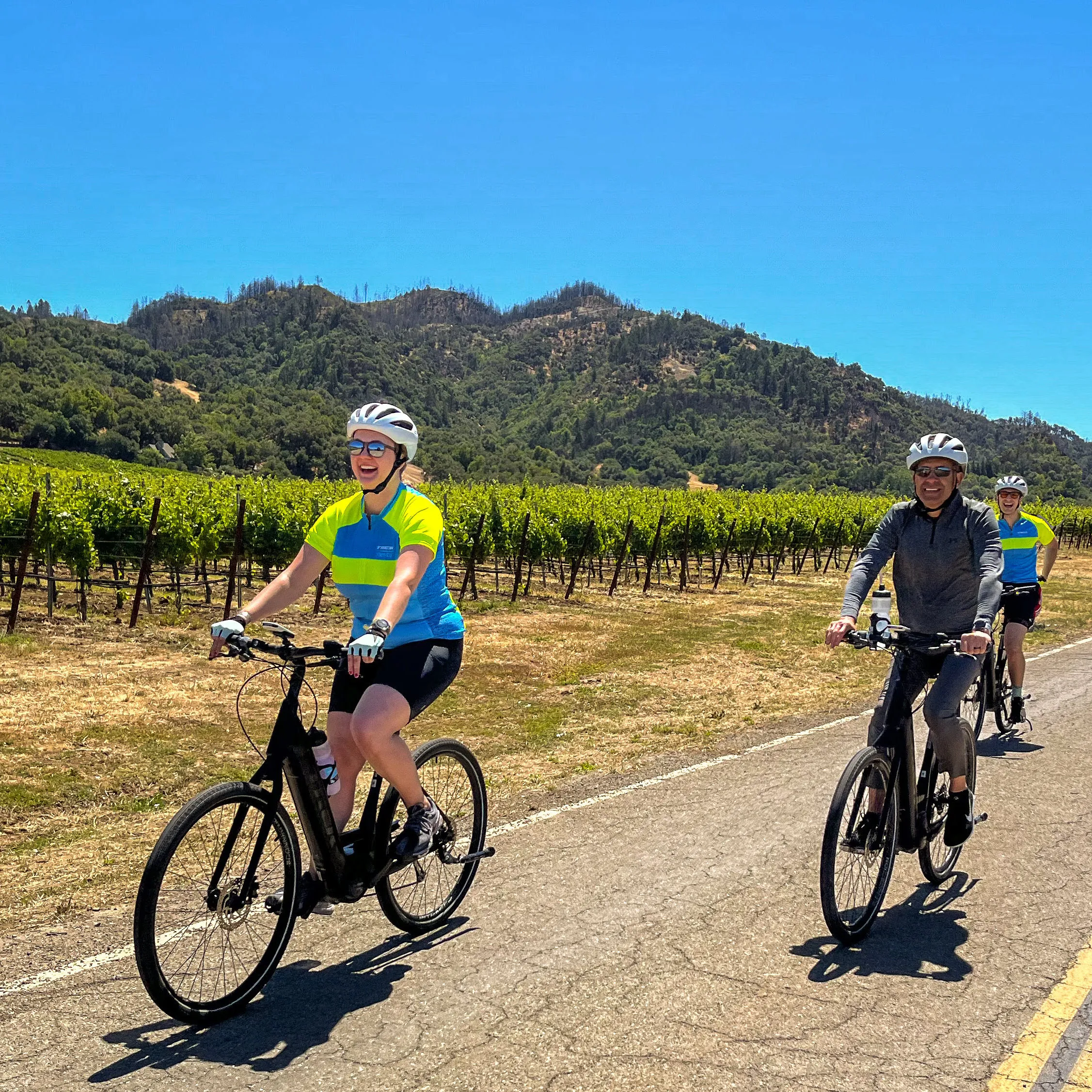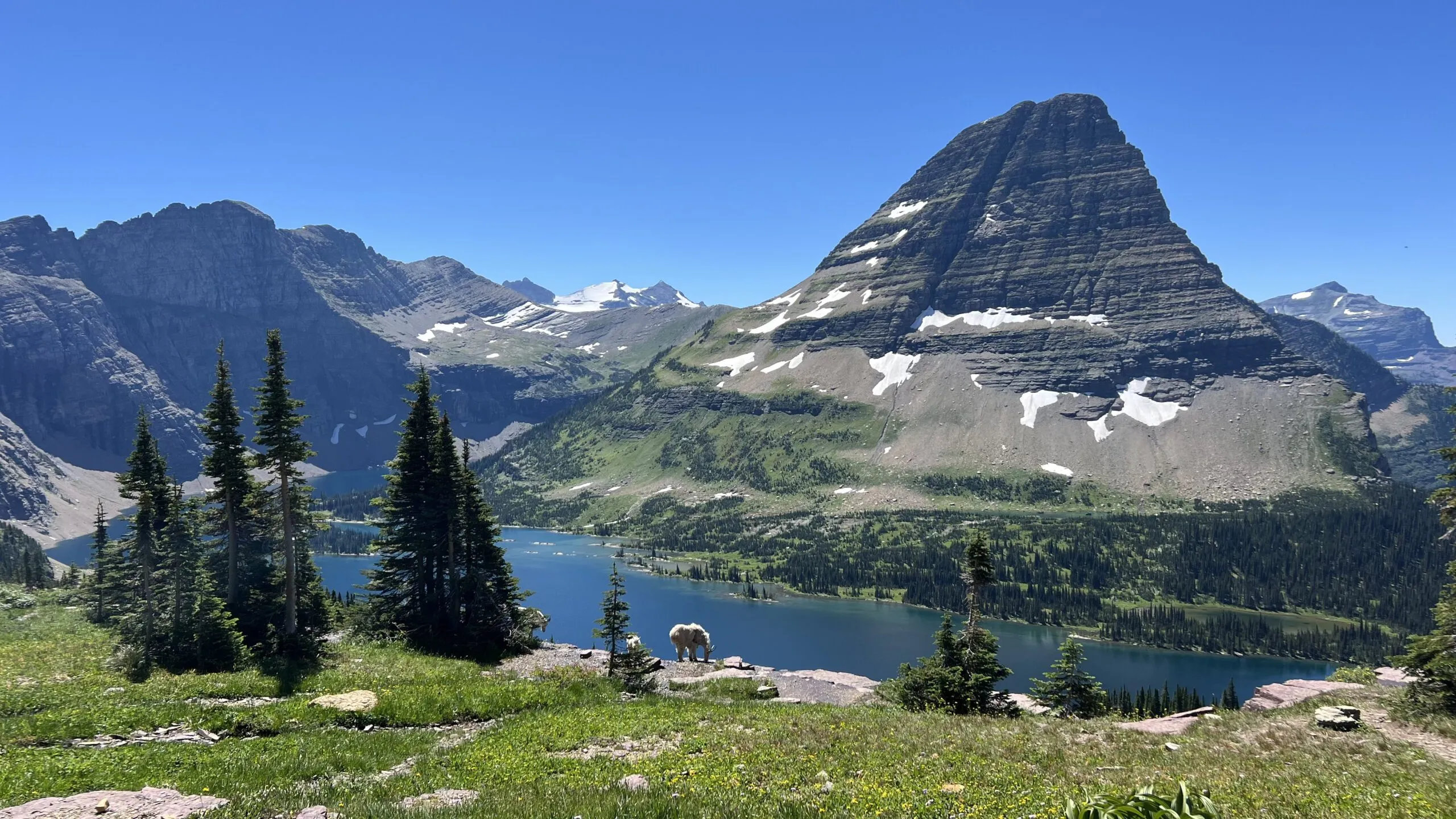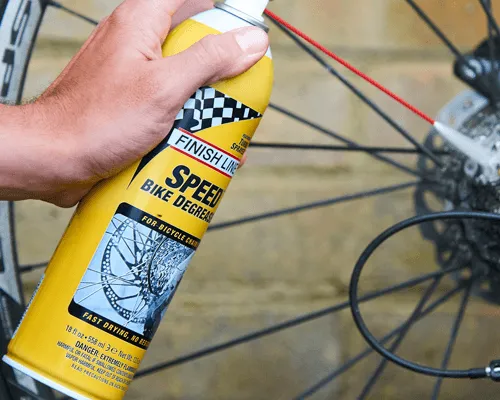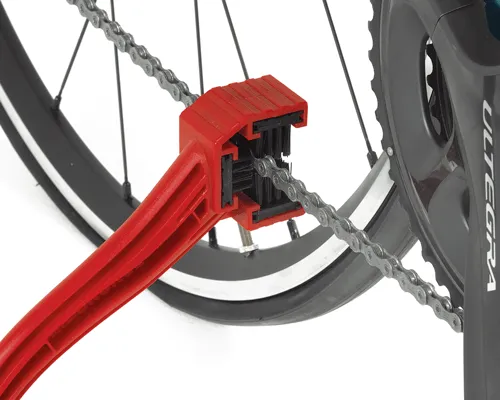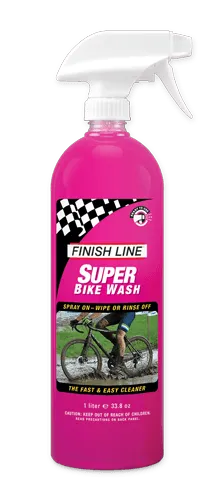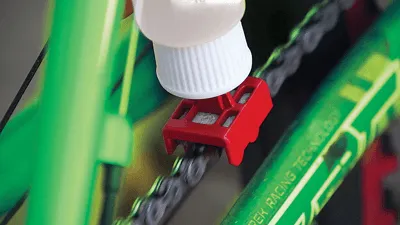
Whether you’re training for your next trip or just going for casual rides with friends or family, keeping your bike in great working condition is a must. Luckily, there are plenty of quick and simple ways to take care of your bike at home. For our bike maintenance guide, we’ve rounded up some of the best advice and how-to videos from the pros to help you fine-tune your bike at home. We hope these helpful resources show you how to maintain a bike with ease.
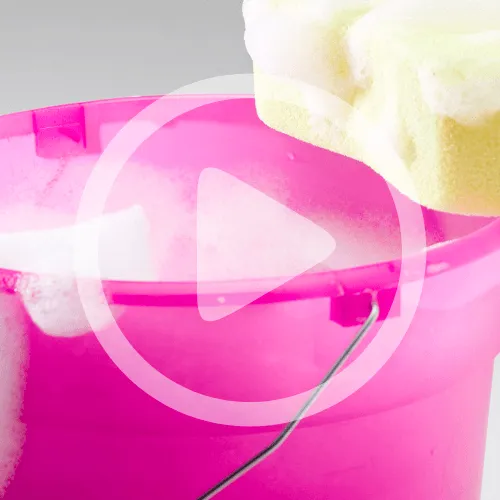
Basic Bike Cleaning
Check out this video to see exactly how to clean your bike from start to finish, including what products to use and which areas need a little extra caution to keep things in working order.
Learn more
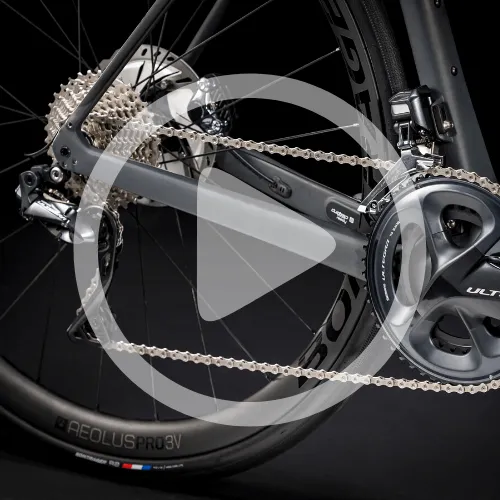
Bike Chain Maintenance
If you’re noticing a noisy chain, it may be time to consider some at-home bike chain maintenance. From picking a bike chain cleaning tool to oiling a bike chain, this helpful article and video will walk you through all the steps you’ll need to keep your bike riding smoothly.
Get more info
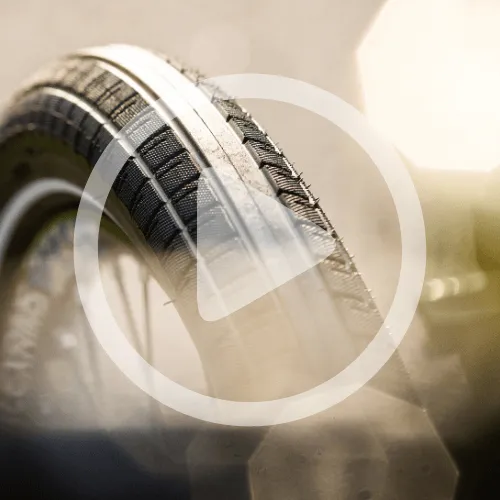
Bike Tire Maintenance
When you go by two wheels, your tires are undeniably important. From regularly checking tire pressure to changing a flat tire, bike tire maintenance is vital to enjoying a smooth, safe ride. We have three helpful videos to walk you through some of the most common maintenance you’ll do at home for your tires.
Learn how to…
Pump your bike tires Change a flat bike tire
Remove or install wheels
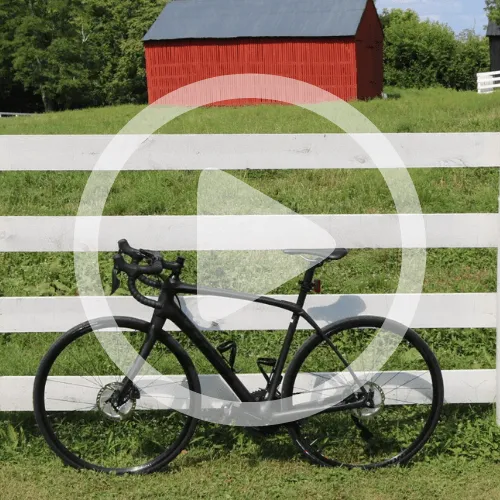
Completing a Pre-Ride Check
Before your next ride, learn about the “M method” of completing a pre-ride check, which will help you uncover any potential issues with your bike that you may need to address before your ride. This helpful article and video will walk you through all aspects of the “M method,” so you can head out on your next adventure with confidence.
Show me the method
Regularly cleaning your bike, checking your tires, and oiling your chain can extend that life of your bike and make every ride just a little more enjoyable! Have more questions about how to maintain a bike? We recommend reaching out to your local bike dealer to learn more about what you can do at home and what tasks are best left for a professional mechanic. Happy riding!

